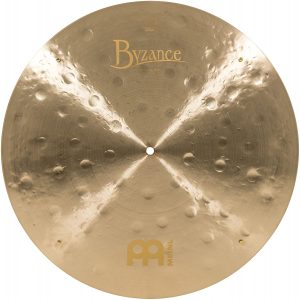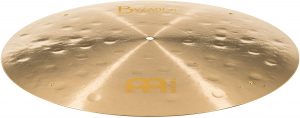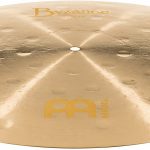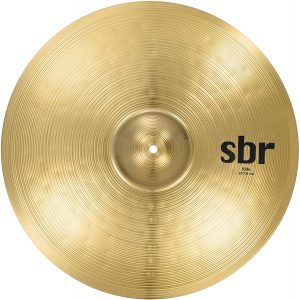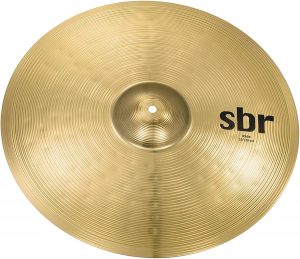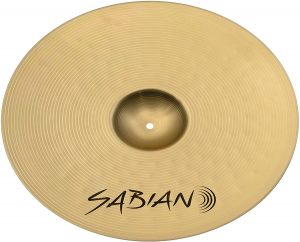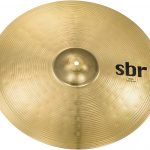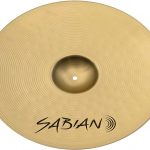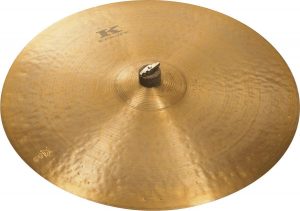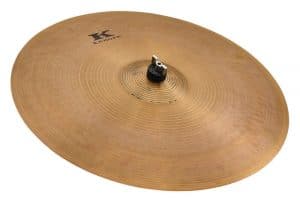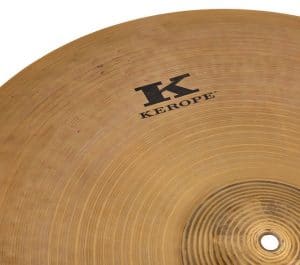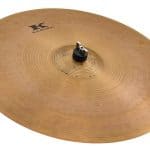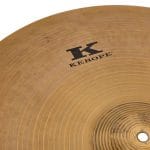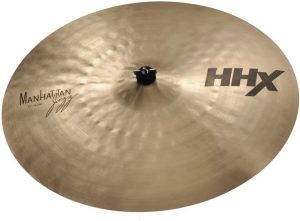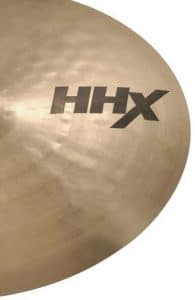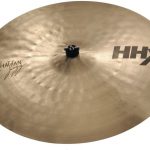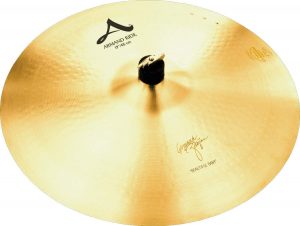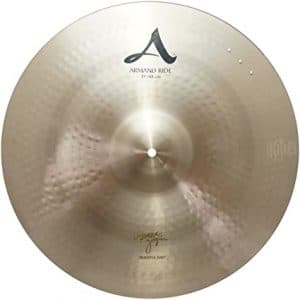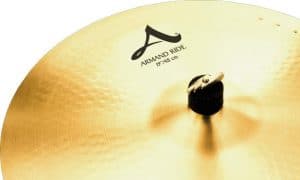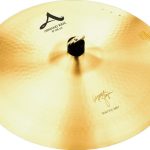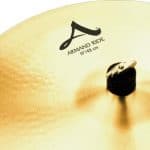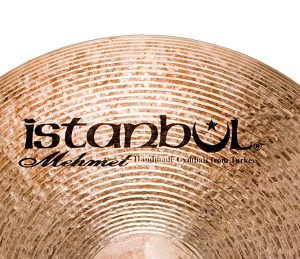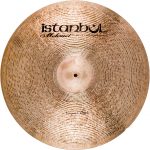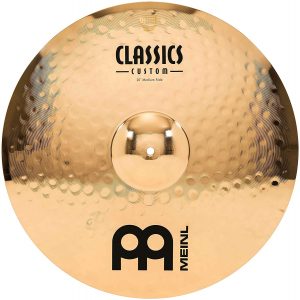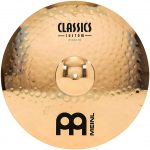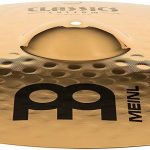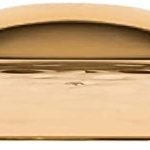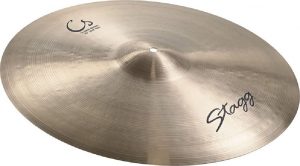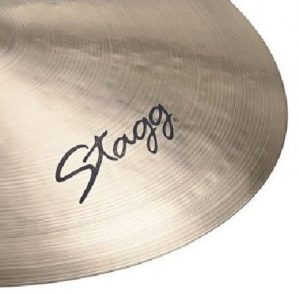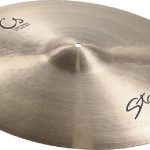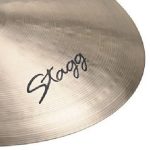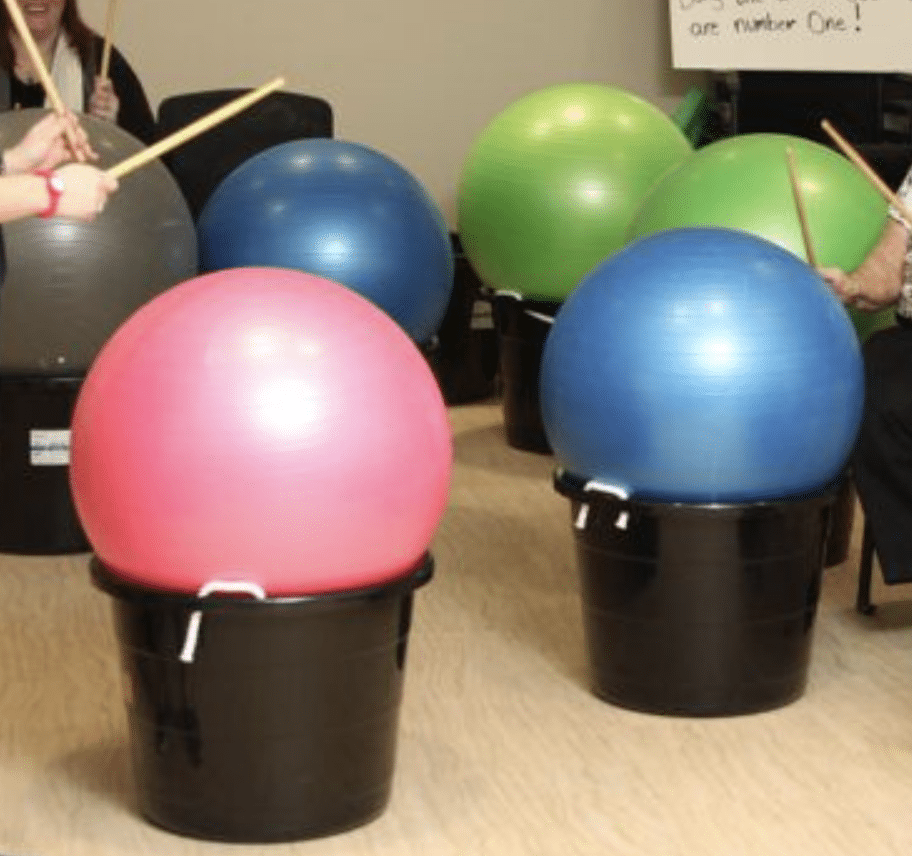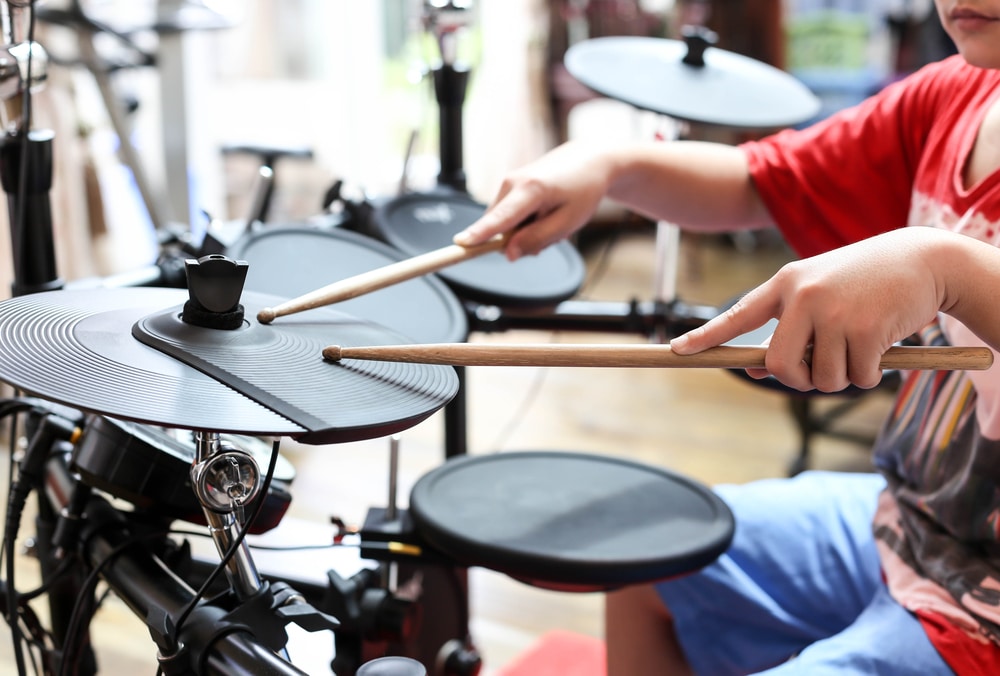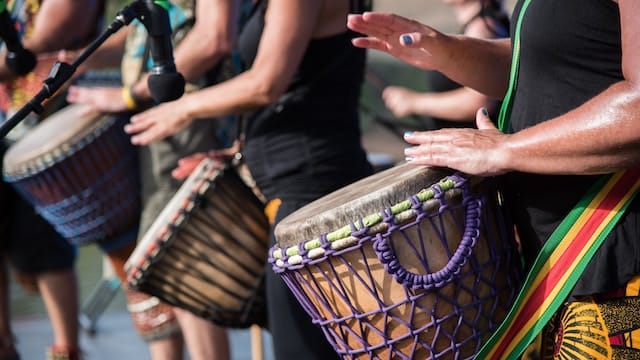Things to Consider Before Buying Jazz Ride Cymbals
Every single minor detail of a jazz ride cymbal will impact the sound and your playing style. That means it’s not a good idea to just choose the cymbal with the highest ratings online. Here’s a look at some things you’ll want to think about.
- Your preferred pitch
- Whether you like “sizzle” in your cymbals
- Your ideal volume, response, and sustain
- The sound you’re going for
- Other genres of music you plan to play
- How long you want your cymbals to last
- How much money you’re willing to spend
Now that you’ve thought about what you’re looking for in your next jazz ride cymbal, let’s go over the key characteristics you should be looking for to achieve your ideal sound.
Diameter
The diameter of your jazz ride cymbal is the measurement from one end of the cymbal to the other. The diameter typically ranges between 18 and 22 inches for jazz ride cymbals. Though a 20” cymbal doesn’t seem all that much bigger than an 18” cymbal, there’s actually a huge difference in terms of sound, and the Meinl Cymbals B20JCR Byzance 20-Inch Jazz Club Flat Ride is designed to create that depth and warmth.
For the most part, a greater diameter means a much higher volume. That means you’ll want to go bigger if you like your playing style to include loud cymbal crashes. You also need to think about the greater cymbal thickness that comes with larger jazz ride cymbals. The combination of a large diameter and great thickness means a much deeper sound and a lower pitch.
Rivets
The rivets of a jazz ride cymbal are sometimes referred to as “sizzles.” These are rivets that are drilled into a cymbal to produce somewhat of a rattling, sizzling, or sustained sound. These rivets can add a little spice and flair to your current playing style, allowing your cymbal to ring out a little longer with a more metallic and brighter sound.
The more rivets drilled into your jazz ride cymbals, the more sizzle will be produced. For example, the Meinl Cymbals B20JCR Byzance 20-Inch Jazz Club Flat Ride that includes 4 rivets will hold out this metallic sound for a good amount of time. If you don’t want this “sizzling” sound at all, you’ll want to opt for a rivet-free model like the Meinl 20″ Medium Ride Cymbal CC20MR-B.
Weight
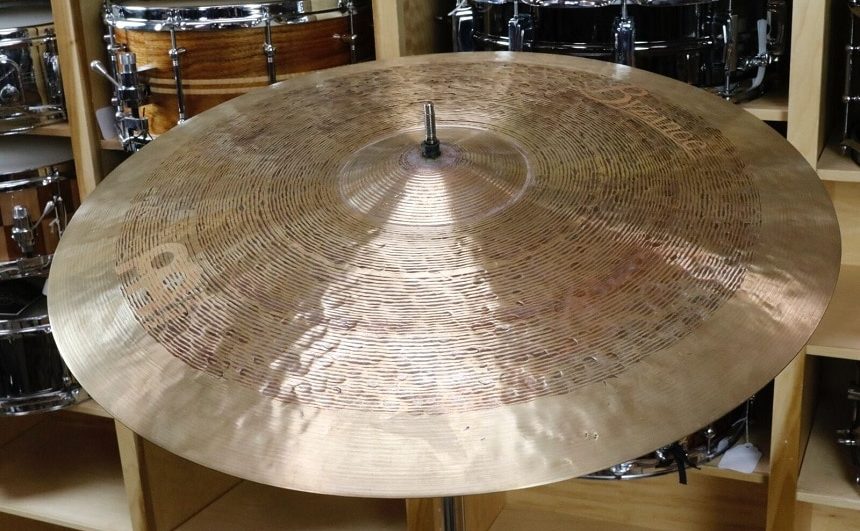
The weight of your jazz ride cymbals is sometimes referred to as the “thickness.” You’ll notice that the thickness is described as thin, medium, or paper-thin (or some variation of these terms).
When it comes to thinner cymbals, you want to be aware that they’re much more delicate to hard hits and strikes. If not played correctly, they can crack or degrade quite quickly. A thinner ride cymbal is known for producing immediate sounds without requiring much effort from you.
When your ideal genre is rock or metal, or you simply play much faster, you’ll want to choose a thicker ride cymbal like the Sabian 20″ SBR Ride Cymbal. These can take quite the beating and usually produce a much louder and deeper sound.
Material
The material your jazz ride cymbal is made of will surprisingly play a huge role in how your cymbals sound. Here’s what you need to know about each of the more common metals used.
- Bronze: The ratio of tin to copper is described in the name. For example, a B20 bronze cymbal, such as the Zildjian 19″ Armand Beautiful Baby Ride with 3 Rivets, is made of 20% tin, 80% copper. The less tin a cymbal has, the more durable the cymbal, the louder the sound, and the greater the warmth will be.
- Brass: Brass cymbals are perhaps the most common type of cymbal used by beginners. The sounds produced aren’t as technical or impressive, but these cymbals are generally cheap and easy to learn on.
In most cases, a brass jazz ride cymbal is a great choice for beginners. While B8 is better for harder styles like rock and metal, B20 is a perfect option for jazz and soothing music.
Sound
Perhaps you have a specific sound in mind, but just don’t know how to achieve it with your jazz ride cymbal. Here are some guidelines for achieving the perfect tones.
- Bright: Shoot for a jazz ride cymbal that has a smaller diameter, is much thinner (weighs less), and has included rivets for that ideal sizzle sound. These are perfect for rock and pop music, too.
- Dark & Deep: Aim for a jazz ride cymbal that has a larger diameter, is much thicker (weighs more), and has a lower tin-to-copper ratio (i.e., B8). These are ideal for jazz patterns.
No two cymbals sound the same, so you really want to focus on the sound you’re looking for before selecting a cymbal to drop into your Amazon cart.
Versatility
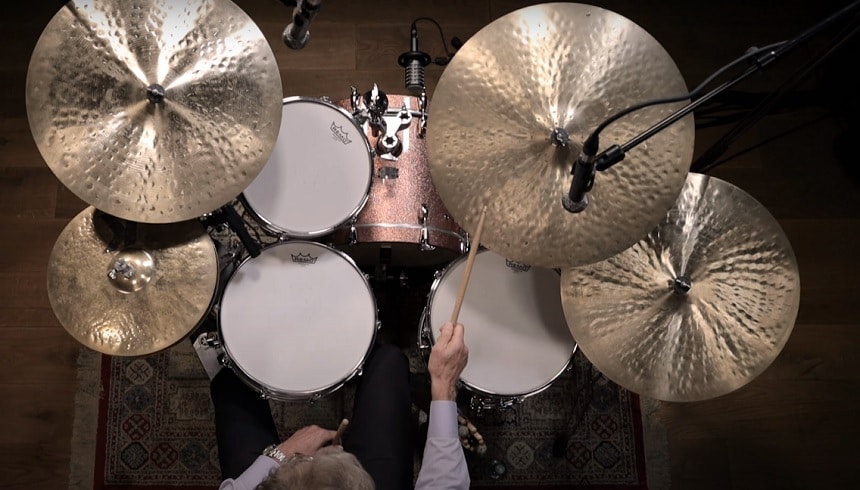
One of the biggest misconceptions is that jazz ride cymbals are only useful for jazz music. While they’re definitely great for jazz, they can also be monumental in improving your sound in other genres.
For example, thicker and larger jazz ride cymbals like the Istanbul Mehmet Cymbals Jazz Series LD-R19 are a great choice for playing heavy metal and hard rock. That’s because thick/large cymbals typically produce a louder and deeper sound while also being more resistant to breakage with heavy hits.
You can also use your jazz ride cymbals when playing pop and soft rock music. That can be achieved by choosing thinner, smaller, and brighter cymbals like the Zildjian Kerope 20″ Ride Cymbal. These cymbals are built for gentle hits but still create a vibrant and beautiful sound.
Warranty
Simply put, you’re going to be spending a decent amount of money on your next jazz ride cymbals. That’s why it’s a pretty good idea to be sure that you’re really getting your money’s worth. This can be guaranteed with a warranty.
Though a warranty is definitely necessary to protect your assets, most jazz ride cymbals require you to purchase the warranty separately. For jazz ride cymbals like the Stagg CS-RJ20 20-Inch Classic Jazz Ride Cymbal, you have the choice between a 3-year and a 4-year warranty. This will cost you between $33.99 and $44.99.
Even though you might be reluctant to spend any extra money, a warranty will definitely come in handy if your jazz ride cymbal suddenly breaks or becomes damaged with regular use.
Prices
There’s no doubt about it – Jazz ride cymbals can be a little pricey. But, just how much you end up spending really depends on what you’re looking for in your jazz ride cymbal.
For example, there’s the Sabian 20″ SBR Ride Cymbal, which costs less than $80, and it can offer a decent-sounding B20 alloy cymbal that can give you the perfect jazz tones. On the other hand, you can invest a cool $400+ on the Zildjian Kerope 20″ Ride Cymbal. This model can give you a perfectly warm sound, and it’s ready to be played as soon as it’s delivered.
You also need to consider the extra costs that come with warranties. A 3 or 4-year warranty can cost you an extra $30 to $80. All in all, you’re looking at between $100 and $500 for a jazz ride cymbal and any extra warranties you tack on.





